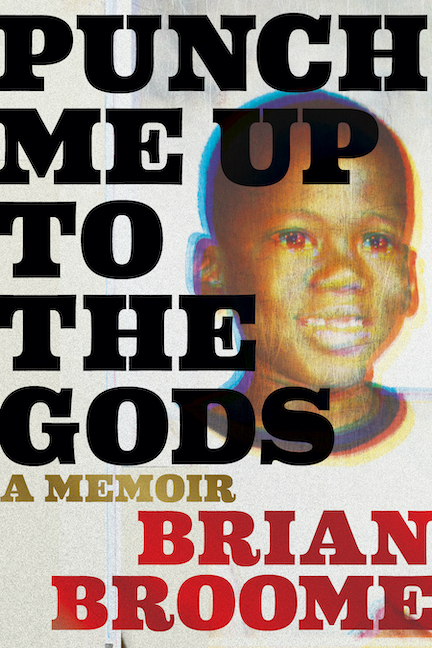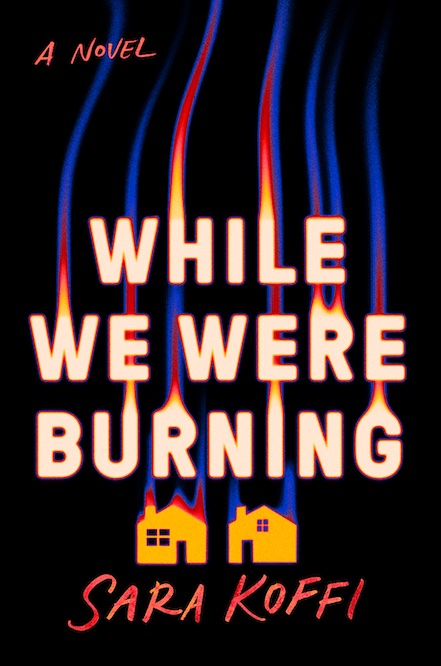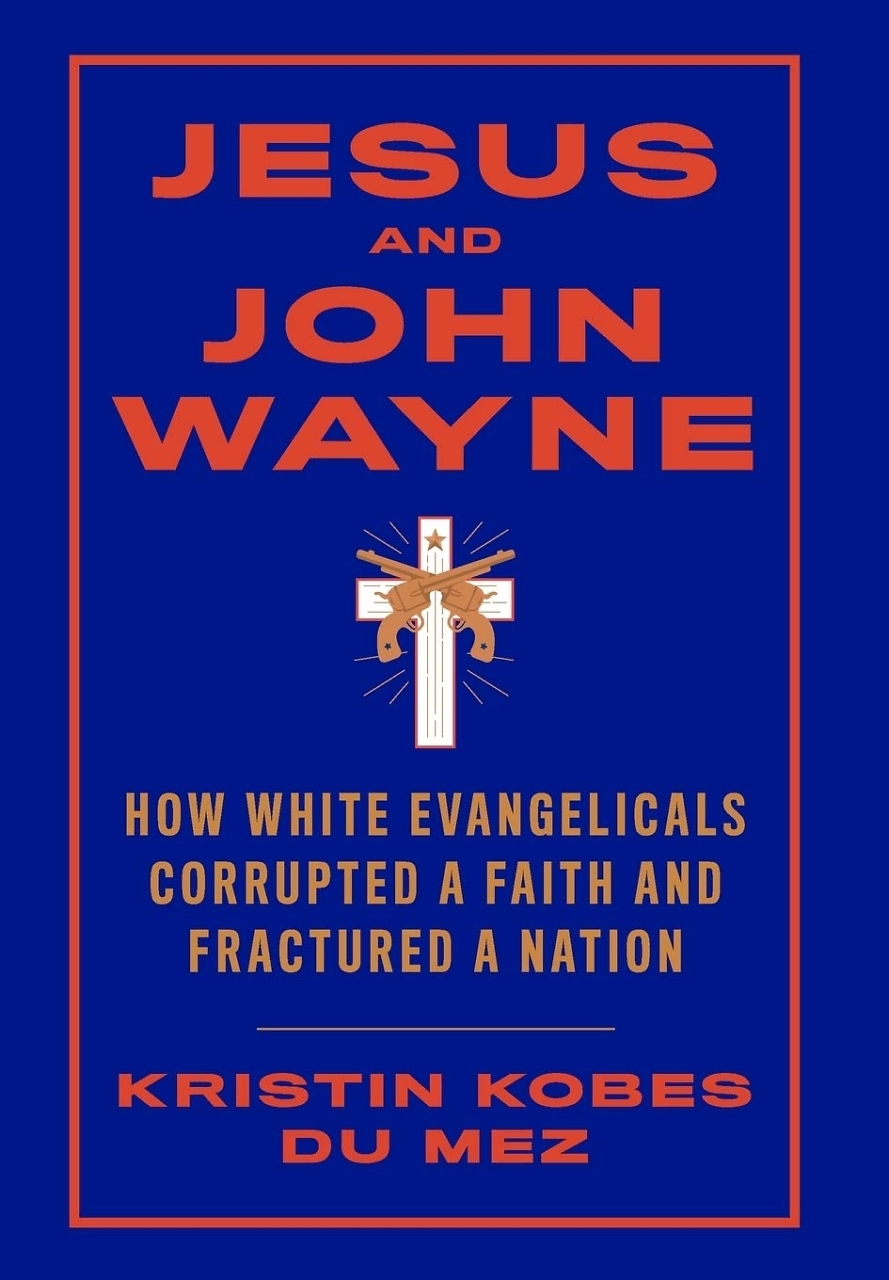Giving Birth to Ourselves
Memphis’s Susan Cushman has curated a collection of essays by women, for women
In a typical essay in A Second Blooming: Becoming the Women We Are Meant to Be, a new anthology by Memphis writer and editor Susan Cushman, the author recounts a difficult life event and the ways in which she coped—or didn’t. Triggers for these painful metamorphoses include the death of a parent, spouse, or sibling; a serious illness or accident; sexual abuse or assault; mental illness or substance abuse; and divorce. The anthology opens with a foreword by Anne Lamott: “You have to make mistakes to find out who you aren’t. You take the action, and the insight follows: You don’t think your way into becoming yourself.”
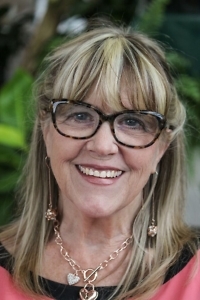
Sally Palmer Thomason, Cushman’s neighbor and mentor, paraphrases Robertson Davies to suggest that “as an individual approaches the age of forty, she or he smashes into a brick wall and falls to its base. Some folks have the courage and gumption to struggle up and climb over the wall. Others lie groveling, whimpering in the dirt at its base for the rest of their lives.” A Second Blooming is the story of those who made it over the wall and can now turn around and view the journey with some objectivity—ready to pass along their experiences to the next generation of travelers.
The book includes inspirational quotations from other pilgrims, both men and women, including Richard Rohr, Eleanor Roosevelt, E.E. Cummings, Mary Oliver, Tomas Tranströmer, and Joan Didion. Agatha Christie supplies the title: “I have enjoyed greatly the second blooming that comes when you finish the life of the emotions and of personal relations and suddenly find—at the age of fifty, say—that a whole new life has opened before you, filled with things you can think about, study or read about.”
Obviously, the age varies at which such a blooming might occur. Cushman, already a cancer survivor, suffered a serious car accident at age sixty-two. “I gained so much more than I lost,” she writes of her grueling six-month recovery. “I began to see with different eyes and to embrace the next season of my life with a clearer vision of myself and the world around me.”
While committed to a mental institution, Suzanne Henley found healing through humility and gratitude. For her, “Failure simply means an opportunity to begin again. We get to wrench out those old, rusted nails we worked so hard to hammer in crookedly, pull out the warped boards, and try once more to hammer a straighter nail. Every day.”
After the loss of her two sisters—one age eight, one a teen—Jessica Handler turned to journaling as a way to memorialize their lives and affirm her own survival. In an excerpt from her memoir, Invisible Sisters, she writes, “I would be the memory keeper, admiring the glinting beauty of my sisters’ lives and the promise in what our family had been. As I admired, I taught myself to see me again: the visible sister, with days behind me and days wide open ahead.”
Cassandra King’s unhappy first marriage to a Methodist minister and her desperate attempt to live up to the image of a “preacher’s wife” left her depressed and suicidal. The end of her marriage ignited a “feverish, stumbling journey of self-discovery” that led to freedom: “I’m finally freed of that prison of my own creation, the even deadlier urge to please others, to let what others think of me become more important than what I think of myself.”
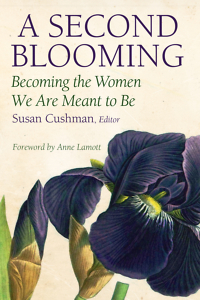 Beth Ann Fennelly’s bête noire wasn’t an event so much as a place. As a recent college graduate, she accepted a job teaching English in Prague, armed with little more than her “conviction, which had never failed before, that folks would like me if I smiled hard and tried hard, both skills I’d perfected.” Twenty-one years later, she returns to the Czech Republic and is shocked to find that her own unhappy memories are not shared by the Czechs she met. “Did I need to forgive the Czechs for not liking me, or did I need to forgive myself for not realizing they’d liked me as much as they’d dared?” she writes. “Forgive myself for being too young, too limited, for lacking the empathy to sufficiently imagine their world?”
Beth Ann Fennelly’s bête noire wasn’t an event so much as a place. As a recent college graduate, she accepted a job teaching English in Prague, armed with little more than her “conviction, which had never failed before, that folks would like me if I smiled hard and tried hard, both skills I’d perfected.” Twenty-one years later, she returns to the Czech Republic and is shocked to find that her own unhappy memories are not shared by the Czechs she met. “Did I need to forgive the Czechs for not liking me, or did I need to forgive myself for not realizing they’d liked me as much as they’d dared?” she writes. “Forgive myself for being too young, too limited, for lacking the empathy to sufficiently imagine their world?”
Place can also be a catalyst for both joyful memories and sorrowful realities, as former U.S. Poet Laureate Natasha Trethewey illustrates in an extended meditation on her hometown, Gulfport, Mississippi, in the aftermath of Hurricane Katrina. “Everywhere I go during my journey,” she writes, “I feel the urge to weep not only for the residents of the coast but also for my former self: the destroyed public library is me as a girl, sitting on the floor, reading between the stacks.”
Perhaps Gabriel Garcia Marquez, also quoted in the collection, sums it up best: “Human beings are not born once and for all, the day their mothers give birth to them, but … life obliges them over and over again to give birth to themselves.” By courageously sharing both their pain and their stories of perseverance, the writers in A Second Blooming shine a light in the darkness for all those who follow.
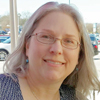
A graduate of Auburn University, Tina Chambers has worked as a technical editor at an engineering firm and as an editorial assistant at Peachtree Publishers, where she worked on books by Erskine Caldwell, Will Campbell, and Ferrol Sams, to name a few. She lives in Chattanooga.
